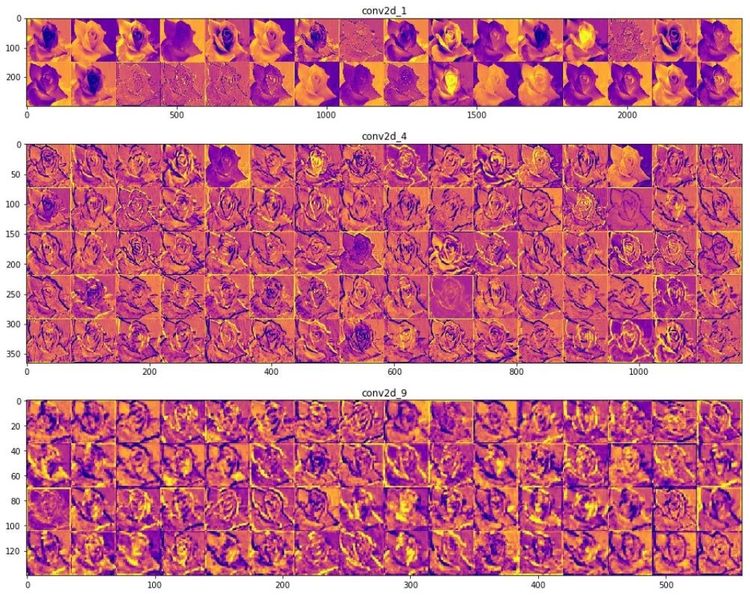Move Quickly, Think Deeply: How Research Is Done @ Paperspace ATG
In this post, we'll be giving a broad overview of the tools and practices the Advanced Technologies Group, or ATG, uses to explore various research, in the form of a high level research workflow.













